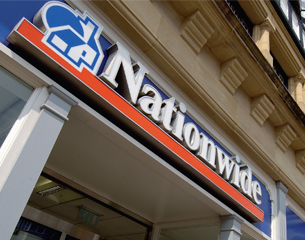 The Nationwide group personal pension (GPP), established in 2007, has over 11,000 members. From September 2015, the building society raised its standard contribution rate to the pension scheme from 9% to 13% and has also undertaken to match employees’ additional contributions up to 3%. The minimum employee contribution rate remains at 4%, but if members choose to save an additional 3%, then with the matched contributions the total employer contributions is 16% and the total combined contribution rate is 23%.
The Nationwide group personal pension (GPP), established in 2007, has over 11,000 members. From September 2015, the building society raised its standard contribution rate to the pension scheme from 9% to 13% and has also undertaken to match employees’ additional contributions up to 3%. The minimum employee contribution rate remains at 4%, but if members choose to save an additional 3%, then with the matched contributions the total employer contributions is 16% and the total combined contribution rate is 23%.
To encourage employees to save more, the scheme automatically sets members’ additional contributions to 3%, enabling them to receive full matching from Nationwide. Members must take specific action if they want to adjust this optional 3%.
Amanda Innes, internal communication partner, says: “We recognised early on that for employees to fully understand the changes, they would first need some simple education about how their scheme works and pensions in general, so we developed a communications strategy over three phases, spread across the year.”
The strategy included an interactive knowledge-sharing session for employees on pensions and a competition to design a poster illustrating their retirement dreams.
The changes were then announced through a wide range of communications channels. Employees also received personalised comparison statements to illustrate the difference the contribution uplift could make to their retirement income.
BESbswyBESbswyBESbswyBESbswyBESbswyBESbswyBESbswyBESbswyBESbswyBESbswyBESbswyBESbswy
“True success will be evidenced after the new year when we can measure how many members opted to reduce their additional contributions compared to the number that realise the value of keeping it at the default level,” Innes adds. “Our employees now feel more informed and have begun planning more for their retirement.”